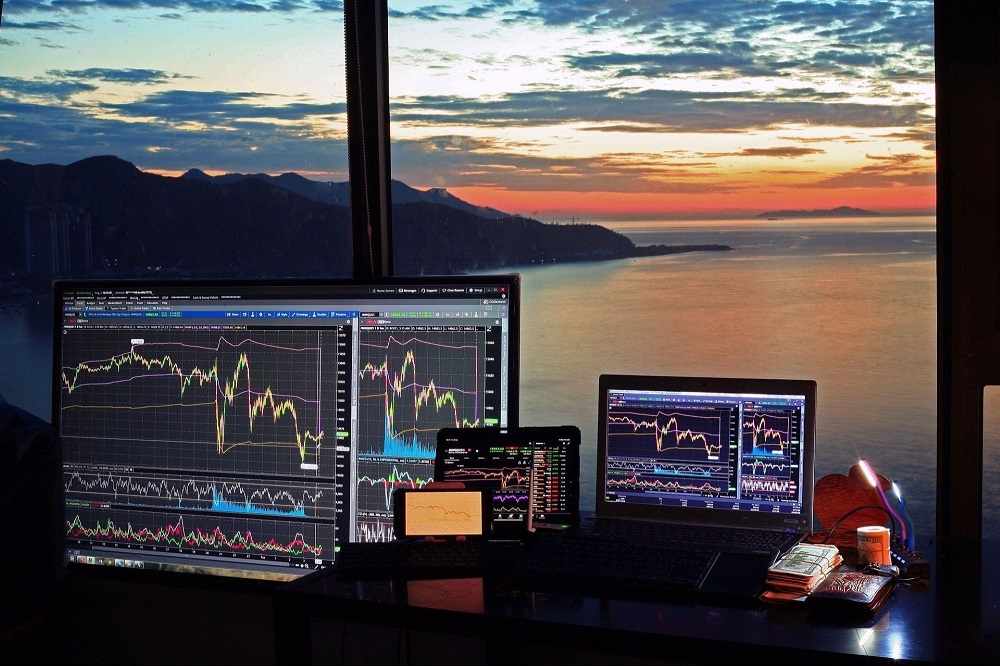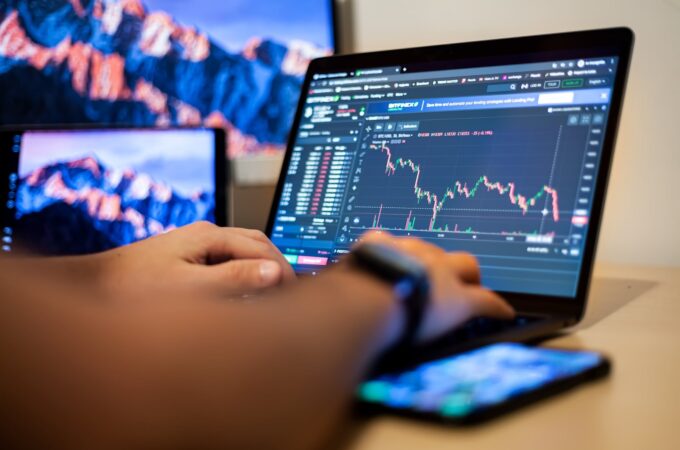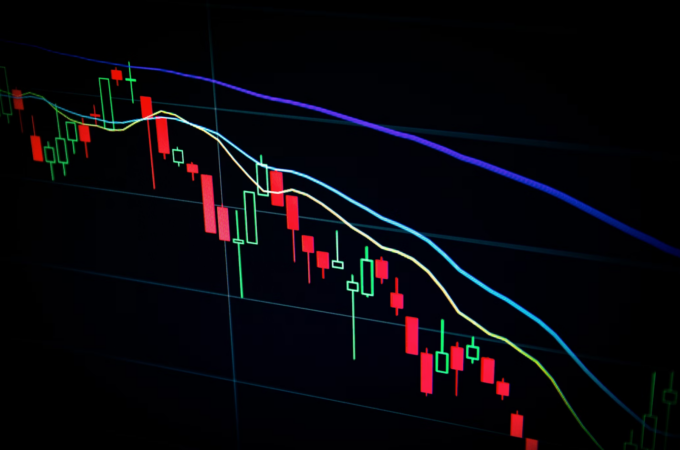
Multi-Asset Trading: How to Arrange It Properly
Trading several assets at once is not easy, but at the same time, it can be the right decision. It is a literal example of the main advice to all investors: do not put your eggs in one basket, but diversify the package. Of course, keeping track of all open orders at once can be difficult, especially for a beginner. Modern technologies come to the rescue in such situations and help traders keep track of even the slightest fluctuations on the market. Here is how to organize an effective multi-asset strategy.
Benefits of a Multi-Asset Strategy
The trend for trading several assets at once on various markets has existed for several years. At the same time, according to experts’ forecasts, it will continue in the future. The advantages of this approach are as follows:
- you diversify your capital by investing in different industries;
- it reduces the risks of significant financial losses and drawdowns during the stagnation periods;
- this method can effectively increase the profitability of your investments.
Each trader makes up their investment portfolio individually, and there are no universal recommendations on what exactly it should consist of. By itself, a multi-asset strategy will not be effective if you do not clearly understand your investment goals, competently conduct technical and fundamental analysis, and work on your psychology. Of course, you should also have powerful tools at hand, described below.

Multi-Market Platform
It is logical that to gain access to various markets, you first need to get a platform that will provide you with this access. There are many different modern solutions, but one stands out among them — MetaTrader 5 Download it to any of your devices (PC, tablet, laptop, or smartphone) and customize it depending on your strategy. This service fully meets the current requirements and trends, when investors prefer not to focus on one asset class but distribute their budget across different sectors. With MT5, you can access stock exchanges, Forex, and futures.
Alerts
A well-configured Alerts system will allow you to promptly respond to key market events and not miss profitable trading opportunities. By the way, thanks to it, you will be able to spend less time at a computer (or other devices from which you work). In MT5, you can put settings that will trigger notifications when, for example, the price of an asset you are interested in reaches a certain level or fresh news is released. You can receive relevant information by email, push notification, or sound signal from the platform.
Limit orders
Many people know about restrictive Take Profit and Stop Loss orders that are triggered automatically when the indicators for the picked asset reach a certain level. However, you can follow them with Buy or Sell Limit orders. They are called “pending” and are executed under certain market conditions. You can set several parameters upon reaching which, for example, a Buy position will be opened automatically without your participation. That is, with the help of these tools, you determine a profitable entry point for yourself, and the system executes your orders.

Trading robots
A huge advantage of robots compared to humans is that they can easily analyze huge amounts of data. Doing a lot of the calculations yourself will take a long time, and time is a critical resource in highly volatile markets. Manual counting does not exclude mechanical and mathematical errors. Robots don’t have the “flaws” that humans have and are incapable of making a mistake due to fatigue or inattention. Along with this, you should have a well-thought-out trading strategy that these automated programs will follow.
Automate the Process, But Don’t Forget to Watch It Yourself
As you can see, there are a lot of ways to automate trading. Modern tools are really effective in the hands of competent and experienced traders. However, you should not completely rely on them because the mere presence of a trading robot does not guarantee you profit. You should know how the market works, be able to conduct technical and fundamental analysis, monitor correlations, and determine the optimal entry and exit points. All these automated tools should serve as your assistants and not be the basis of your strategy.




